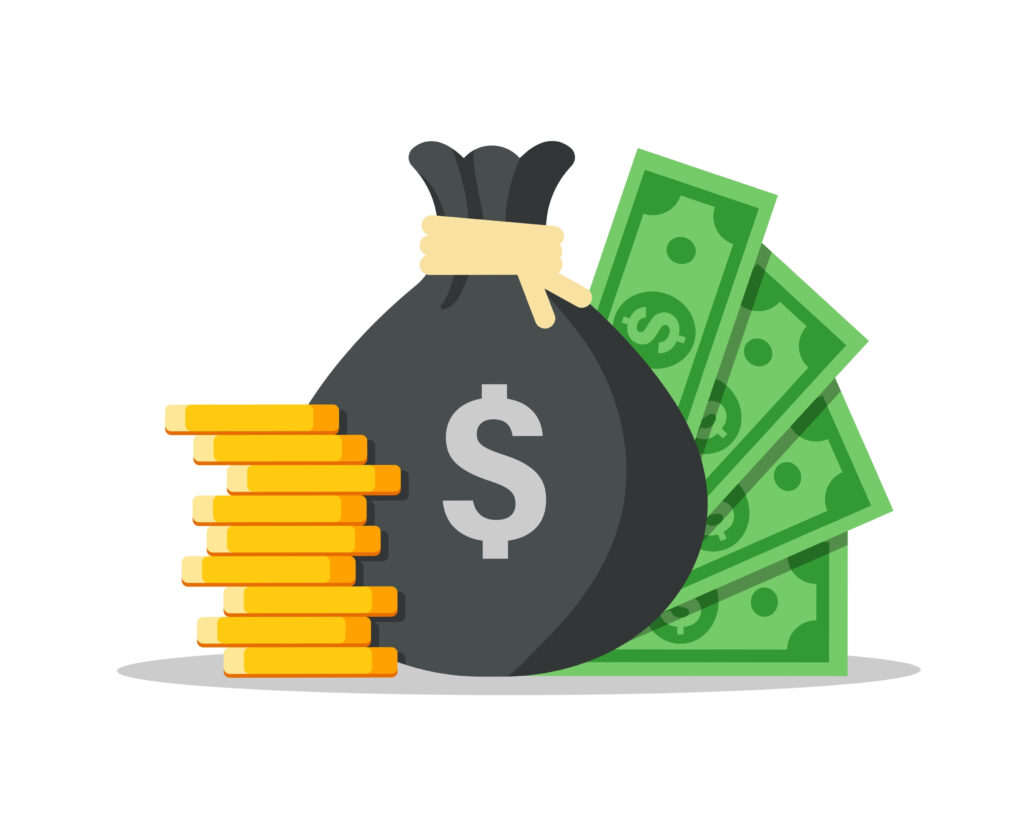Most businesses run some form of advertising, and since Google is one of the ad giants of the modern world, there’s a very big chance that you are (or are considering) running Google Ads.
However, ads cost money, so you may have some questions about when exactly you’re going to be charged for the Google service. Understanding the billing process is crucial for managing both your ad campaigns and your business budget, so this post will aim to help answer the ever-important question of when Google will charge you.
How does Google billing work?
To understand when Google will charge you, you first need to understand how its payment processes work. Google Ads uses a pay-per-click (or PPC) model, which means you will only be charged when someone clicks on your ad. The entire platform uses an auction system, so you will essentially be bidding against other ad runners for a certain keyword.
The idea behind this is that the best bid wins the click, and if this happens to be you, you will pay for that click. If you need any help managing PPC campaigns effectively, contact us and we can provide the necessary expertise to ensure you’re getting the most out of your ad budget.

And what's the billing frequency?
Okay, so you understand how the Google Ads bidding strategy works . . . but how often will you be charged? Will they charge you individually for each click? On a certain day of the month? After a specific number of clicks?
Luckily, it’s not too complicated. The Google service billing cycle works on a monthly basis. As each billing cycle starts, the costs you pay for your clicks will add up, and that’s what you will be charged for. However, you can set a payment or billing threshold to determine how often you will be charged. Google will then either charge you when you reach this threshold, or on the first of each month, depending on what comes first.
The payment threshold
This refers to the amount that you need to reach before Google charges you, and you are the one who sets this threshold depending on your budget. Once you reach or exceed the threshold, you will be paid via the payment method of your choice. In other words, you won’t be charged until you reach this threshold.
The billing threshold
Similar to your payment threshold, you can set your Google Ads billing threshold to determine when Google charges you, and whether you want to do your payments automatically or manually.
Automatic payments mean that as soon as your threshold is reached or your billing cycle ends (depending on which comes first), you will be charged via your primary payment method. As the name suggests, these recurring payments happen automatically.
Manual payments, on the other hand, mean that you pay a certain amount from your bank account into your Google Ads account, and then Google deducts its fees from this amount. If it runs out, you need to pay more money into your account to keep running ads.

Extra tips
There are a few extra things you need to know about the Google payment process to ensure that everything runs smoothly.
- Make sure you’re verified: you need to provide your bank account details and billing information to verify your payment method before you can run Google Ads.
- Don’t let disputes get you down! Sometimes, something will go wrong with your Google charges. Make sure to regularly review your billing statements, and contact Google support if you have any issues.
- The harsh reality of taxes: depending on where you live and how your business is set up, you may need to pay taxes on your ads, so it’s good to research this beforehand so that you know what’s expected from you.
- Know what you’re being charged for: Google will charge you for any current Google Ads, as well as any taxes and fees associated with your Google payments, but they will also charge you for any unpaid costs.
Final words
It’s natural to feel a bit worried about running Google Ads, especially if you’re new to the process. After all, ads aren’t cheap, so it makes sense to want to know all the details, including financial ones.
Hopefully, this post put your mind at ease a bit, but remember that there are loads of other resources available to help answer any specific questions you might have. Google themselves have a bunch of information online that will contain heaps of valuable information.
And of course, if you don’t feel like struggling with the effort of running your Google Ads, you can always fill in the form below to have my agency handle it all for you!